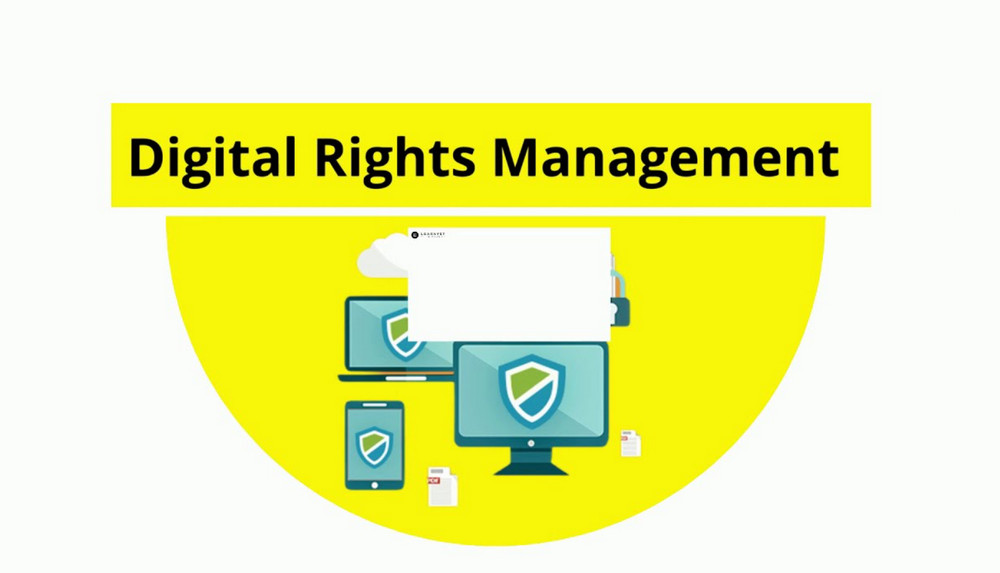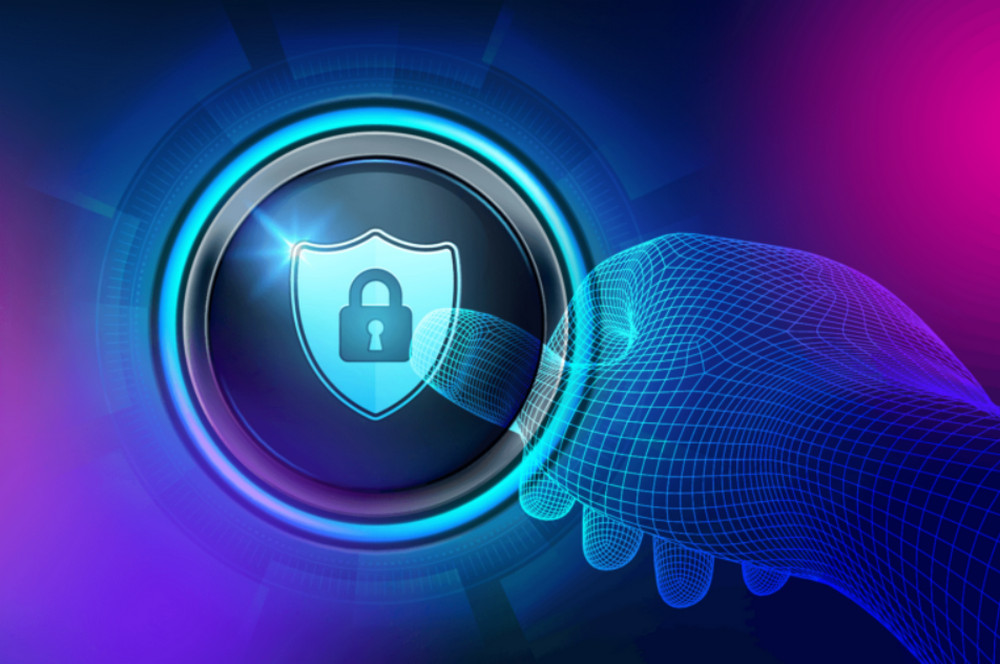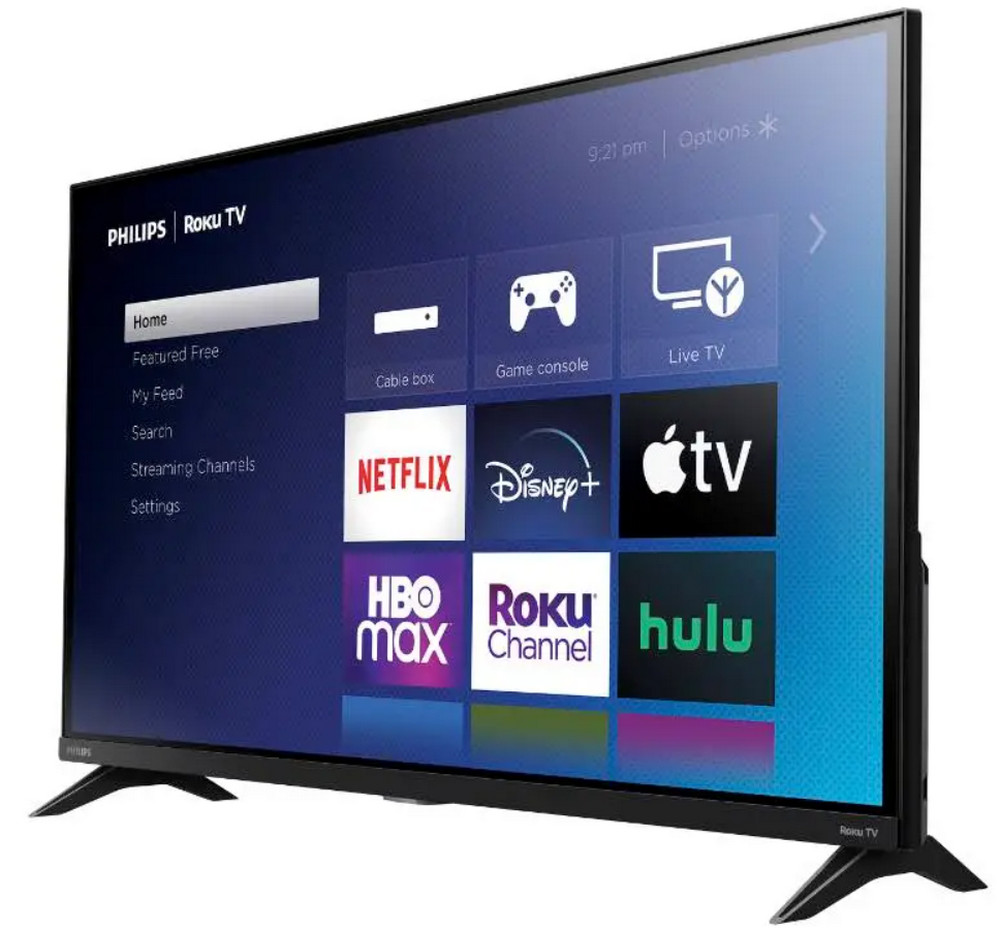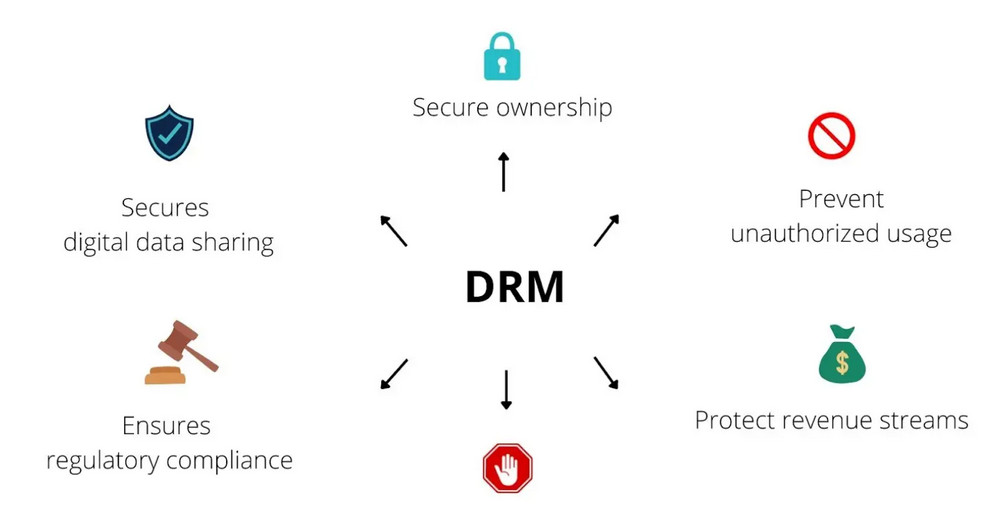Advantages of Digital Rights Management. How Sigma DRM Helps to Protect Confidential Documents After Distribution
Sigma DRM Software Features
Typically, software product features can include a variety of functionalities related to Sigma Multi-DRM Digital Rights Management (Sigma Multi-DRM), such as:
Robust industry-standard license key delivery
Sigma DRM is a set of technologies and methods used to protect the intellectual property rights of digital content creators. It often involves encryption and authentication mechanisms to control access to digital media and prevent unauthorized distribution or copying.
In the context of license key delivery, a license key is a unique code provided to a user to unlock or activate a software product. This key is typically tied to the user’s purchase or subscription and helps ensure that only legitimate users can access the software.
Industry-standard practices for robust license key delivery often include
- Encryption: Securely encrypt the license key information to prevent unauthorized access or tampering.
- Secure Channels: Delivering license keys through secure channels to minimize the risk of interception or theft during transmission.
- Activation Mechanisms: Implementing activation mechanisms that tie the license key to specific hardware or user accounts to prevent unauthorized sharing.
- Offline Activation: Allowing users to activate their software offline, if necessary, to accommodate users without continuous internet access.
- Monitoring and Analytics: Incorporating monitoring and analytics tools to track license key usage, identify potential misuse, and gather insights into user behavior.
- Regular Updates: Providing mechanisms for software vendors to update or revoke license keys as needed, especially in the case of subscription-based services.

Scalable, secure, and short deployment window
If Sigma DRM is a specific product or solution that claims to be scalable, secure, and offers a short deployment window, you may want to refer to the official documentation, and product specifications, or contact the vendor for detailed information on how these characteristics are achieved. The product may use advanced technologies, cloud-based solutions, or streamlined deployment processes to meet these requirements.
Scalable:
- Meaning: Scalability refers to the ability of a system to handle increased workload or demand by adding resources. In the context of DRM, this could mean that Sigma DRM is designed to accommodate a growing number of users, devices, or digital content without a significant degradation in performance.
- Importance: Scalability is crucial for DRM systems, especially in scenarios where the user base or the volume of protected content may vary over time.
Secure:
- Meaning: Security is a fundamental aspect of DRM systems. It involves protecting digital content from unauthorized access, copying, or distribution.
- Importance: A secure DRM system ensures that only authorized users have access to protected content and that the system itself is resilient against various security threats.
Short Deployment Window:
- Meaning: Deployment window refers to the time it takes to implement and launch the DRM system. A short deployment window implies a quick and efficient implementation process.
- Importance: A rapid deployment is often desirable in business scenarios to minimize disruptions and quickly start benefiting from the DRM system’s protection features.
In-network, in-the-cloud, on-premise, on your hardware/software
These deployment options provide flexibility for organizations to choose the setup that best fits their specific needs, security considerations, and infrastructure preferences. The choice between in-network, in-the-cloud, on-premise, or on your hardware/software can depend on factors such as security requirements, scalability, maintenance preferences, and budget considerations.
In-network:
- Meaning: This typically implies that the DRM system is deployed within the organization’s internal network infrastructure.
- Implications: In-network deployment might provide more control over the system’s configuration and integration with existing network components.
In-the-cloud:
- Meaning: The DRM system is hosted and operated in a cloud environment, such as on a cloud service provider’s servers.
- Implications: Cloud deployment can offer scalability, flexibility, and accessibility from anywhere with an internet connection. It may also involve a subscription or pay-as-you-go model.
On-premise:
- Meaning: The DRM system is installed and operated on the organization’s own hardware and servers, typically within its physical premises.
- Implications: On-premise deployment provides direct control over the system and may be preferred for organizations with specific security or compliance requirements.
On your hardware/software:
- Meaning: This indicates that the DRM solution can be installed and run on hardware and software provided by the organization itself.
- Implications: This offers a high level of customization and control over the environment but also requires the organization to manage the infrastructure.

Support for a wide array of popular playback platforms
It’s important to verify these claims by checking the official documentation, contacting the vendor for specific information, or exploring any available trial versions or demos. Keep in mind that Sigma DRM solutions need to balance robust content protection with a seamless user experience across diverse platforms.
Cross-Platform Compatibility:
- Meaning: Sigma DRM should be compatible with different operating systems, browsers, and devices to ensure a seamless playback experience for users.
- Importance: Content providers often target a diverse audience using various devices and platforms. DRM solutions that support multiple playback platforms help ensure a broader reach.
Web Browsers:
- Meaning: Sigma DRM may be compatible with popular web browsers such as Google Chrome, Mozilla Firefox, Safari, and Microsoft Edge.
- Implications: Users accessing content through web browsers should be able to experience protected content without compatibility issues.
Mobile Devices:
- Meaning: Sigma DRM may support playback on smartphones and tablets across different operating systems, such as iOS and Android.
- Implications: Given the prevalence of mobile device usage, supporting playback on these platforms is crucial for reaching a wide audience.
Advantages of digital rights management Smart TVs and Set-Top Boxes:
- Meaning: Support for playback on smart TVs and various set-top boxes (e.g., Roku, Apple TV) ensures accessibility on larger screens.
- Implications: Consumers often prefer watching content on their television screens, and DRM support for these platforms enhances the user experience.
Gaming Consoles:
- Meaning: Compatibility with gaming consoles like PlayStation and Xbox may be relevant for users who consume digital content through gaming devices.
- Implications: Expanding support to gaming consoles broadens the reach of protected content to users who prefer this mode of consumption.
Streaming Devices:
- Meaning: Support for popular streaming devices like Chromecast or Amazon Fire TV.
- Implications: Users who cast or stream content to their TVs using such devices should experience smooth playback with Sigma DRM protection.
The specifics can vary between different DRM solutions and vendors, but here are common components:
Licensing Model:
- Subscription-Based: Many DRM solutions operate on a subscription-based model. Users pay a recurring fee, usually on an annual basis, to use the software and access support and maintenance services.
- Per-User or Per-Device Licensing: Licensing fees may be based on the number of users or devices that will be using the Sigma DRM software.
Annual Support and Maintenance:
- Support Services: Annual support typically includes access to customer support services. This could involve assistance with software issues, bug fixes, and general inquiries. Support may be offered through various channels, such as email, phone, or an online ticketing system.
- Software Updates and Upgrades: Maintenance often covers updates and upgrades to the DRM software. This ensures that users have access to the latest features, security patches, and improvements. Updates may be released periodically throughout the subscription period.
- Technical Assistance: Annual support and maintenance may also include technical assistance for installation, configuration, and troubleshooting.

How to integrate with Sigma DRM
Keep in mind that the specific steps and features may vary based on the version of Sigma DRM you are using. Always refer to the official documentation or contact Sigma DRM Software’s support team for the most accurate and up-to-date information on configuring the DRM portal.
- Configuration on portal
- Access the Sigma DRM Portal:
- Visit the official Sigma DRM portal.
- Log in with your credentials.
Dashboard and Overview:
Navigate to the dashboard or overview section to get an overview of your account and any existing configurations.
User Management:
Configure user roles and permissions, defining who has access to specific features or content.
Content Protection:
Define rules and policies for protecting digital content. This may include encryption settings, access controls, and usage restrictions.
Licensing and Key Management:
Set up licensing models and manage license keys. This involves generating keys, associating them with specific content, and defining usage parameters.
Platform Compatibility:
Ensure that the DRM portal is configured to support the playback platforms you intend to target. This may involve specifying compatibility settings for web browsers, mobile devices, smart TVs, etc.
Advantages of digital rights management For Enterprises
The role of Sigma Digital Rights Management (DRM) in enterprises, particularly in sectors where sensitive information, such as trade secrets and user data, needs to be safeguarded. Additionally, you mention the potential use of Thu Do Multimedia as a standalone setup to address the security needs of these enterprises. Let’s break down some key points:
Protect after distributing content outside with Thu Do Multimedia Sigma DRM solution
Prevention of Unauthorized Editing and Saving:
- Encryption: Use strong encryption to protect the content so that unauthorized users cannot edit or save the document without proper authorization.
Prevention of Unauthorized Forwarding and Sharing:
- Access Controls: Implement access controls to restrict forwarding and sharing of content. Limit access to authorized users and devices.
Prevention of Content Screenshots:
- Anti-Screen Capture: Some DRM solutions include anti-screen capture features to prevent users from taking screenshots of the content.
Prevention of Document Printing:
- Print Controls: Utilize DRM settings to control or restrict the ability to print documents. This can help prevent unauthorized physical copies.

Controls to Revoke Content Privileges:
- Remote Revocation: DRM systems may offer the capability to remotely revoke access to content. This can be useful in situations where privileges need to be revoked quickly.
Ability to Lock Document to IP Address, Location, or Device:
- IP, Location, or Device Restrictions: Some DRM solutions allow administrators to restrict access to content based on IP addresses, geographical locations, or specific devices.
Ability to Watermark Individual Documents for Identity:
- Watermarking: Watermarking adds visible or invisible marks to documents, helping to identify the source or owner. It can be used to discourage unauthorized sharing.
It’s important to note that the effectiveness of these measures can vary, and the level of security often depends on the specific Sigma DRM solution used. Additionally, balancing security with user convenience is crucial to ensure that legitimate users can access and use the content without unnecessary barriers.
When selecting a Sigma DRM solution for these purposes, consider factors such as the comprehensiveness of security features, ease of use, scalability, and integration capabilities with other systems. Always refer to the specific documentation and support resources provided by the chosen DRM solution for detailed guidance on implementing these security measures.
Above is the content on the topic: “Advantages of Digital Rights Management?”. To learn more about Sigma DRM solution, please refer to the website: thudomultimedia.com
Read more articles:
DRM and Smart TVs — why Sigma Multi-DRM is the answer
Use Sigma DRM To Protect Online Textbook Copyright
The solution to protect copyrighted content DRM browser Chrome?


Recent Comments